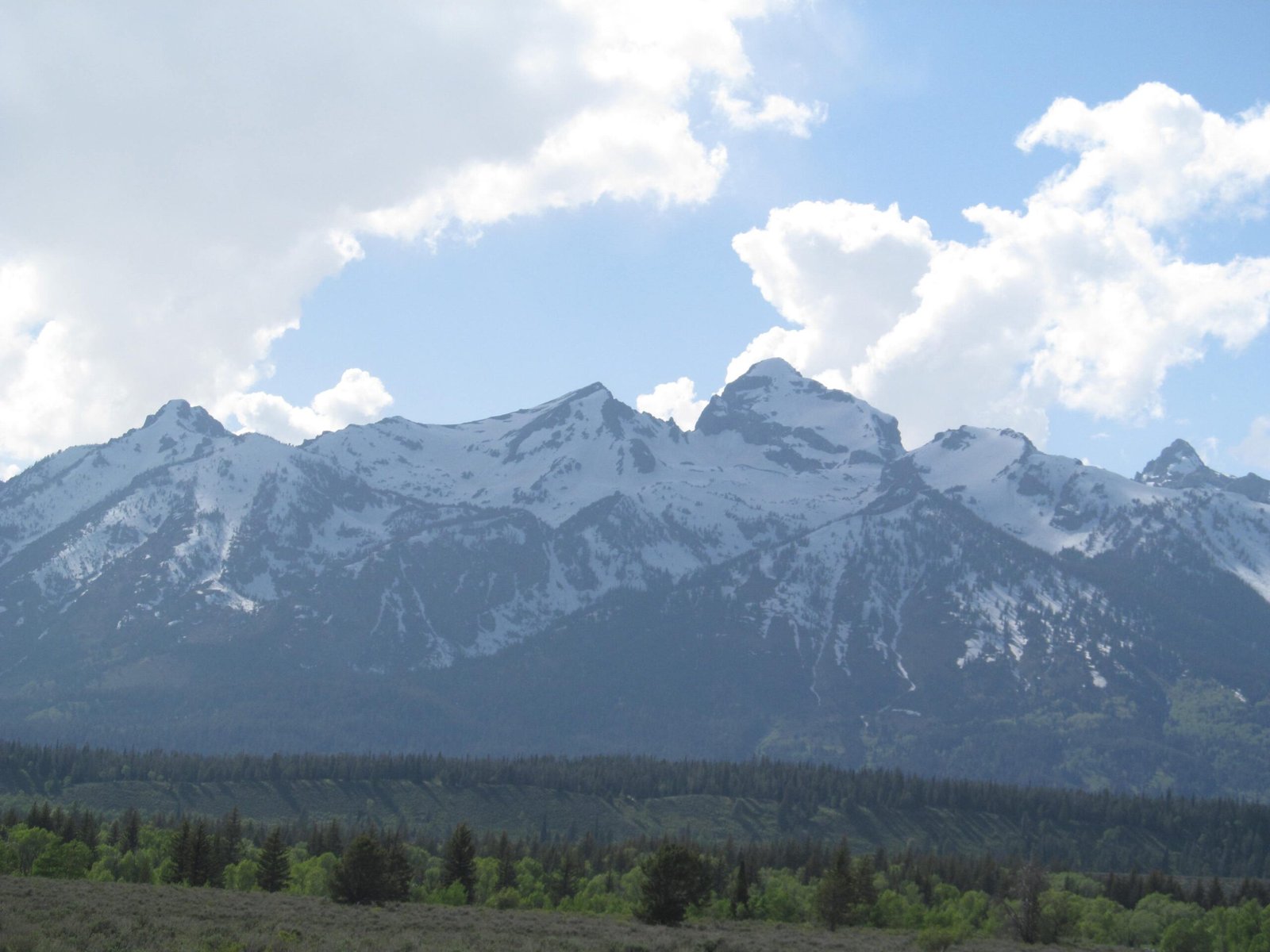Grand Teton National Park offers adventurous rock climbers a spectacular landscape of granite formations, challenging boulder fields, and breathtaking alpine terrain. Nestled in northwestern Wyoming, this geological wonderland provides diverse bouldering opportunities ranging from beginner-friendly routes to advanced technical challenges that test even experienced climbers’ skills and endurance.
What Makes Grand Teton National Park Unique for Bouldering?
Grand Teton National Park presents a remarkable bouldering environment characterized by:
- Geological Diversity: Predominantly granite rock formations
- Elevation Range: 6,320 to 13,775 feet above sea level
- Seasonal Accessibility: Prime climbing months from July to September
Where Can Climbers Find the Best Boulder Locations?
Teton Boulder Park
Located at Snow King Mountain’s base in Jackson, Wyoming, this designated bouldering area offers:
| Feature | Description |
|---|---|
| Difficulty Levels | Beginner to Intermediate |
| Wall Type | Artificial Bouldering Wall |
| Accessibility | Free Public Access |
| Nearby Amenities | Picnic Areas, Parking |
Natural Boulder Fields
Climbers can explore several promising locations within the park:
- Garnet Canyon:
- Challenging granite boulder formations
- Requires advanced technical skills
-
Stunning alpine backdrop
-
Amphitheater Lake Area:
- Varied boulder problems
- Scenic mountain environment
- Moderate to difficult routes
What Equipment Should Boulderers Bring?
Essential gear for a successful bouldering expedition includes:
- Crash pad
- Climbing shoes
- Chalk bag
- Climbing brush
- Lightweight backpack
- First aid kit
- Water and energy snacks
How to Prepare for Bouldering in Grand Teton?
Physical Preparation
- Build core strength
- Practice grip techniques
- Improve overall flexibility
- Cardiovascular endurance training
Safety Considerations
- Check weather conditions
- Inform park rangers about climbing plans
- Carry emergency communication device
- Use proper safety equipment
- Follow Leave No Trace principles
What Are the Climbing Regulations?
Grand Teton National Park enforces specific climbing guidelines:
- Obtain necessary park entrance permits
- Respect wildlife and vegetation
- Minimize environmental impact
- Use designated climbing routes
- Register climbing intentions with park authorities
When is the Best Time to Boulder?
| Month | Climbing Conditions | Recommended Level |
|---|---|---|
| July | Excellent | All Levels |
| August | Peak Season | Intermediate/Advanced |
| September | Good | Experienced Climbers |
Pro Tips for Successful Bouldering
- Acclimatize to high-altitude conditions
- Start with easier routes
- Use proper climbing techniques
- Stay hydrated
- Climb with a partner
- Carry emergency communication device
Recommended Training Resources
- Local climbing gyms in Jackson
- Professional climbing guides
- Online technique tutorials
- Strength and conditioning programs
Cost and Permits
- National Park Entrance Fee: $35 per vehicle
- No specific bouldering permit required
- Optional guided climbing services available
Final Recommendations
Bouldering in Grand Teton National Park demands respect for the environment, personal preparation, and technical skills. Climbers should prioritize safety, environmental conservation, and personal growth while experiencing this magnificent landscape.
Reference:
– Grand Teton National Park Official Website
– Jackson Hole Climbing Resources
– National Park Service Climbing Guidelines

